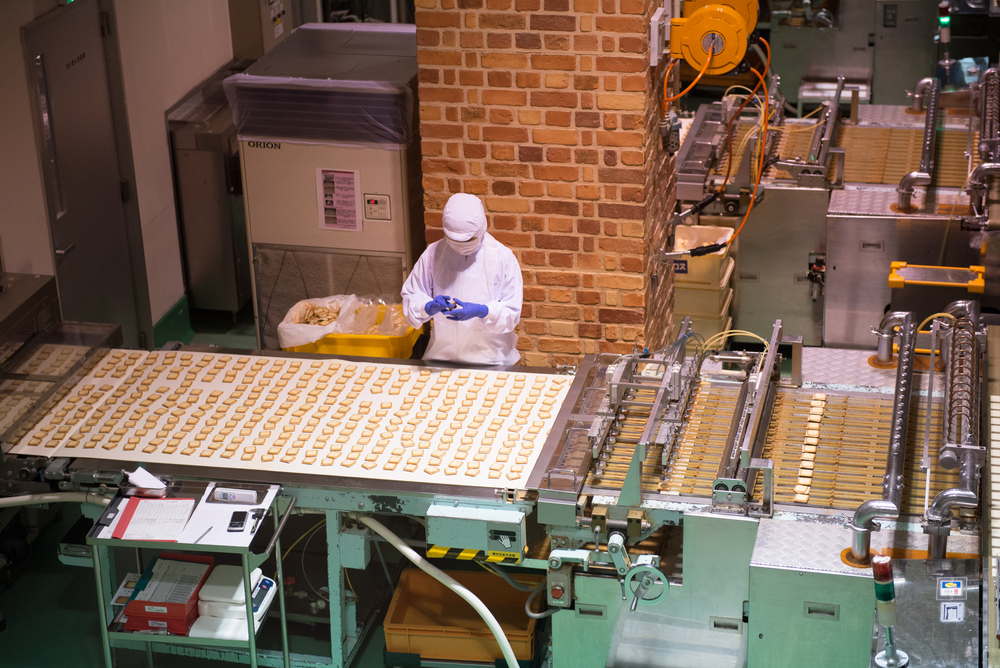New Insights into Exposure to Talc and Risk for Pulmonary Disease Talcosis

A team of researchers from The Netherlands recently discovered that talc (magnesium silicate), often used in the food industry, is a danger to health and exposure to it should be closely monitored. The study findings were recently presented by Dr. Jos Rooijackers, a pulmonologist from the Netherlands Expertise Centre for Occupational Respiratory Diseases (NECORD), Utrecht during the 2015 European Respiratory Society’s (ERS) International Congress.
In the presentation entitled “Surveillance in talc exposed workers in a chocolate products plant”, Dr. Rooijackers explained that there is a lack of awareness regarding the health risks of talc inhalation, and that this issue needs to be urgently addressed.
To identify exposed workers at risk of talcosis and to define exposure measures, the team of researchers evaluated workers in a chocolate products factory where talc was regularly utilized in the manufacturing process. In this factory, one of the workers had already been diagnosed with the pulmonary disease talcosis, where progressive exposure to talc may cause lung fibrosis and respiratory failure. The steroidal anti-inflammatory drug prednisone can help in some cases.
“Although talcosis is a well known health effect of talc inhalation in such industries as mining, the risk was not recognised by the company, since talc is considered to be a harmless food additive and safe overall,” said Dr. Rooijackers in a news release. “As soon as an employee was diagnosed with talcosis caused by occupational exposure the company became concerned about the health risks to its employees posed by talc use.”
In the study, the assessment of exposure to talc consisted of semi-quantitative evaluation for all job titles with relevant talc exposed tasks. In addition, personal respirable dust exposure measurements were performed and analyzed for talc content. Medical evaluation of 111 workers was conducted through a questionnaire on occupational history and respiratory symptoms.
The results revealed that individual talc exposures varied between job titles and were often close to or exceeding the Dutch Occupational Exposure Limits (OEL) of 0.25 mg/m3. High resolution computer tomography (HRCT) scan of the thorax was performed in 18 workers considered highly exposed, with talcosis being detected in one worker and confirmed by lung biopsy. After the study, the factory implemented control measures to limit workers’ exposure to talc.
Talc is often used in many manufacturing processes. In the case of food industry, the substance is minerally inert and cannot be digested, being often used as a carrier for food colouring and as a separating agent in rice, cheese, table salt, bakery, sweet goods, powdered dried foods, seasonings and sausages. Non-food uses of talc include rubber, plastic, paint, paper and ceramics.
According to the research team, in food industry and in addition to talc, the inhalation of other additives, enzymes and flavours may be an unidentified cause of respiratory hazard, therefore the team suggests that studies should address this issue.
“Our research shows that comprehensive surveillance programmes including exposure assessment and structured medical evaluation are the keystone of prevention and contribute to a safe and healthy workplace, thus underlining the recommendations in the ERS guidelines on the management of work-related asthma, ” said Dr. Rooijackers. “The health effects of occupational exposure to dust, gases and vapours are not well recognised by health professionals and neglected by public authorities and employers, reinforced by a conflict of interest, and leading to missed diagnoses and a high burden of disease, thus putting employees in danger.”







